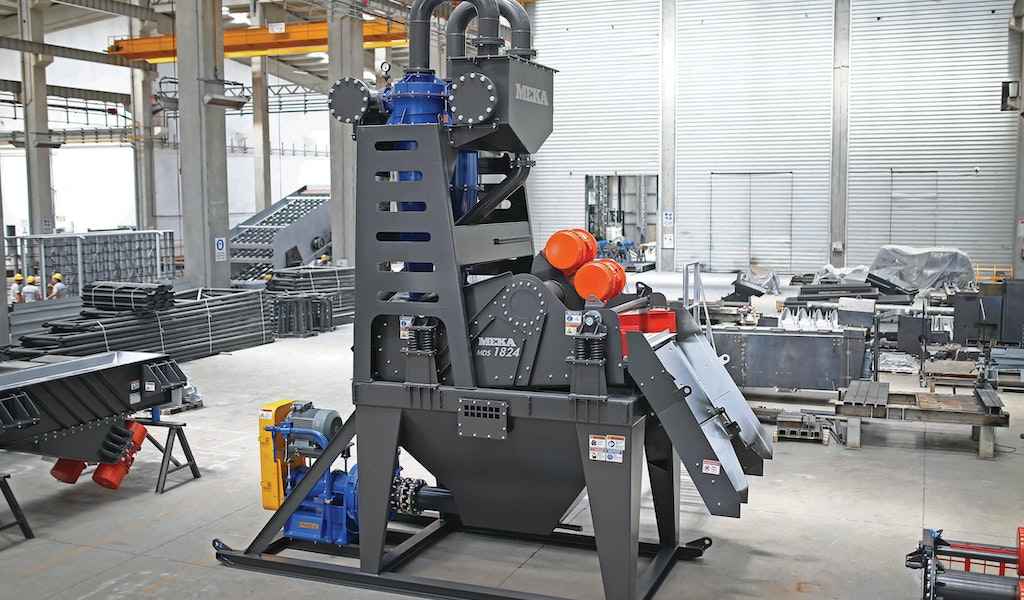The most frequent activities in the manufacturing industry involve buying machinery and equipment. Different hand tools and small machinery are needed for a home-based business. However, making the appropriate choice when buying machinery and equipment is challenging for new business owners. You are here investing your hard-earned money in fixed assets, after all.
Additionally, retail companies require machine operations. It has a scale for weighing things, a bill printer, etc. One of the most crucial parts of the manufacturing industry is purchasing good quality machines. Replacing the machinery regularly once you have purchased and installed it isn’t easy. This article will help you understand what to remember before buying equipment from a manufacturing company.
1. Check out your current equipment
To run a successful company, you need to keep an eye on all the necessities of your company. Company owners must consider the time, money, and resources required for staff training on new equipment. You should thus take steps to avoid the productivity loss that results from staff members taking too long to adjust to new technologies or practices. If the equipment is brand-new or has innovative functions, you should also expect that there will be a learning curve for the workers. Ensuring you have the resources to handle the resulting downtime is essential to prevent forthcoming problems. You also need to make sure that business operations can run effectively while scheduling time for employee training is necessary.
It would help if you began by delving deeply into the long-term objectives of your business, which should involve examining your current equipment before selecting to replace deteriorating equipment, as it is critical to comprehend how effective the current equipment is.
Additionally, please keep track of the machine’s cycle time, uptime (when it earns money), and any downtime needed for scheduled or unscheduled repair. You can use this information to decide whether investing in newer equipment will result in the necessary return on investment.
2. Choose a New or used
When starting a business on a tighter budget, consider buying a used (second-hand) machine. Undoubtedly, used equipment is more affordable than a new one of equivalent quality. As a result, it lowers the beginning capital expenditure for new businesses. However, if you’re buying used equipment, you must be extra cautious. Also, verify whether or not the machine supplier offers a warranty.
Further, you can look at the company’s standing in the machinery industry. As a result, some companies provide consignment services with complete information and can also get to know about their experiences. Hence, the information can help you choose new or old equipment that suits you.
3. Prices are compared
It is another crucial element in choosing the perfect equipment for your company. Find out why you are being charged various amounts for the same machine. Check the machine’s features one by one. Meanwhile, if you are buying a second-hand machine cheaply, always keep in mind the quality, as sacrificing the quality for cost will not be worth it. While price plays a role in purchasing decisions, quality and value should be prioritized over price.
4. Manpower Engagement
Determine the engagement of the workforce. It is required since the cost of the machine is determined by the number of man-hours required. Several cost elements greatly influence the long-term success of the company.
Majorly two machine types are widely used, and both are fully and partially automated. A semi-automatic machine needs specialized staff to run it. In contrast, a single person may manage at least five automatic machines simultaneously. And in that situation, you may produce more output with fewer people, which will help you save money.
5. Make a total cost of ownership calculation
Recognize that your equipment acquisition costs go beyond the base price, whether you buy or lease. In addition to the debt, there are expenses for using the floor space, financing interest, installation, educating your staff about the equipment, and maintenance downtime. If you determine your total cost of ownership, you can discover that outsourcing has cheaper prices. Alternatively, you may locate a different piece of machinery that has the potential to increase overall revenue while offsetting other expenses.
6. Warranty Duration
Before submitting the final order, confirm the warranty duration. Also, please give it a thorough inspection. What parts are covered by the guarantee, and which ones are not? Check the service price structure after the expired warranty because you must pay the machine manufacturer for any future service issues.
7. Installation and instruction
Verify if there are any installation fees. As most businesses typically offer the installation service gratis. Some businesses, nevertheless, are in charge of the installation. Additionally, you can request that they give your personnel on-site training. Even when the business charges for it, it is worthwhile to give.
Conclusion:
Equipment procurement is locating and acquiring the tools required for your business to run efficiently. The equipment procurement procedure covered in this article covers the actions a corporation will take to obtain the tools it requires. It typically begins as soon as a purchase request is submitted.

















